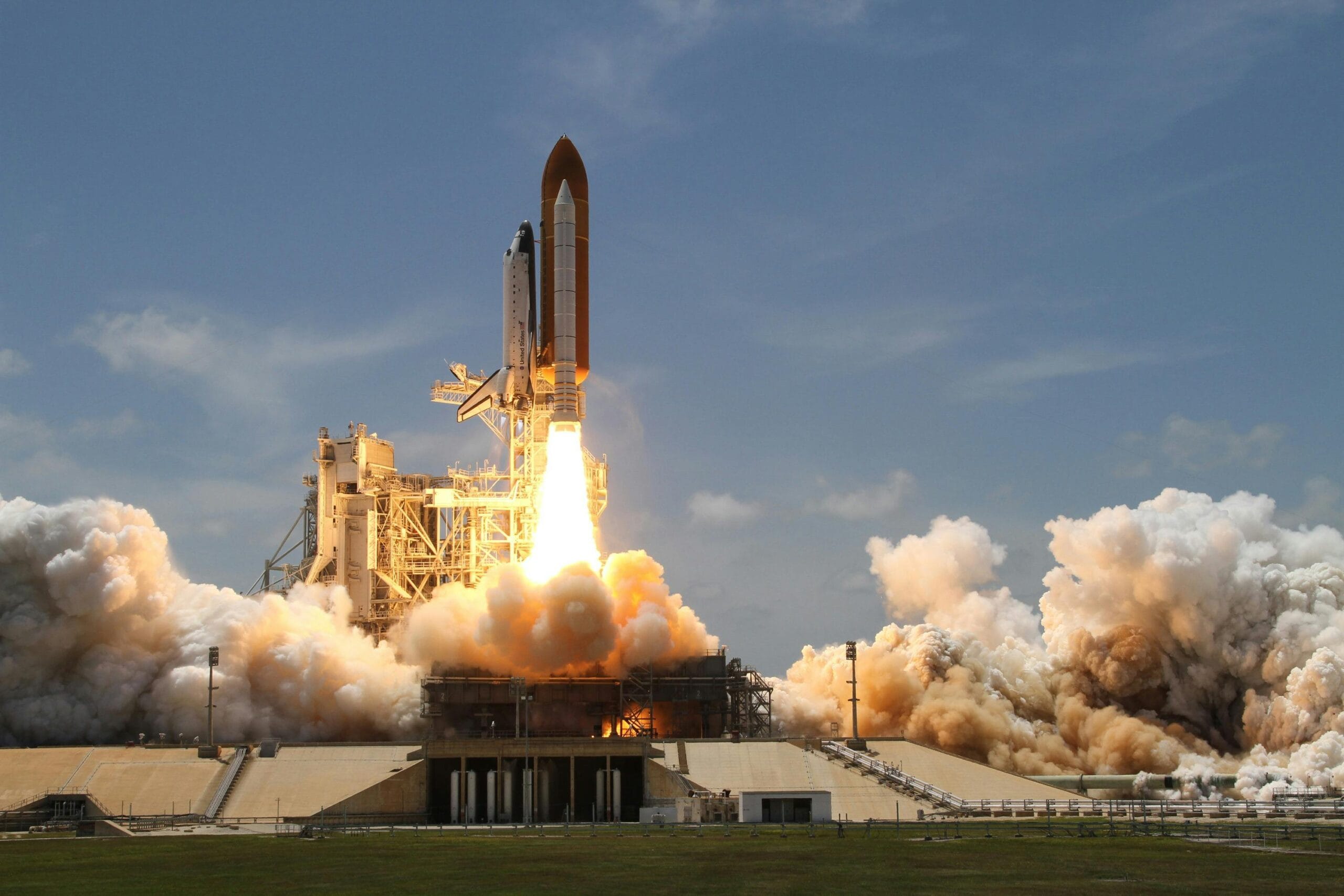NASA & SpaceX Crew-10 Launch Paves Way for Sunita Williams Return After 9-Month ISS Stranding

NASA and SpaceX successfully launched the Crew-10 mission on Friday, bringing stranded astronauts Sunita Williams and Butch Wilmore closer to their long-awaited Sunita Williams return home after a nine-month delay on the International Space Station (ISS). A SpaceX Falcon 9 rocket lifted off from Florida’s Kennedy Space Center at 4:33 AM IST, carrying four new crew members to the ISS.

The Crew-10 team includes NASA astronauts Anne McClain and Nicole Ayers, Takuya Onishi of Japan, and Russian cosmonaut Kirill Peskov. The mission is SpaceX’s 10th crew rotation flight under NASA’s program to carry astronauts using private spacecraft. The launch was briefly delayed due to a technical problem with ground equipment, but it proceeded smoothly after that.
Williams and Wilmore, veteran NASA astronauts, were originally scheduled for an eight-day ISS trip in June 2023. However, their Boeing Starliner spacecraft faced malfunctions, stranding them for months. Their return was postponed again in February 2024. NASA confirmed they will now head back to Earth shortly after Crew-10 arrives.
The delay sparked political controversy. Former President Donald Trump and SpaceX CEO Elon Musk accused the Biden administration of intentionally delaying the astronauts’ return, though no evidence was provided. Musk also clashed online after Danish astronaut Andreas Mogensen questioned SpaceX’s crew adjustments. Retired astronauts defended Mogensen, while Wilmore vaguely supported Musk’s remarks.
Trump added to the drama with odd comments about Williams, calling her “the woman with the wild hair” and speculating about her relationship with Wilmore.
The Crew-10 mission ensures the ISS remains fully staffed while finally resolving the prolonged wait for Williams and Wilmore’s homecoming. NASA continues collaborating with SpaceX and Boeing to advance safe, reliable space travel.
Sunita Williams: NASA Astronaut Stranded on ISS Due to Starliner Malfunction
Former US Navy captain and renowned NASA astronaut Sunita Williams, 58, is renowned for her innovative contributions to space exploration. She holds several records, including the longest space flight by a woman (195 days in 2007) and the most spacewalks by a woman (seven). She was born in Ohio to Indian-American parents. She was born in Ohio to Indian-American parents. With over 322 days in space across two missions, she is one of NASA’s most experienced astronauts.
Williams returns to space in June 2023 as the commander of Boeing’s Starliner spacecraft – a mission aimed at certifying the capsule for regular ISS crew rotations. However, the test flight encountered serious technical problems, including a helium leak and thruster malfunction shortly after launch. Although Williams and pilot Butch Wilmore safely docked at the ISS, the problems rendered the Starliner unfit for return, leaving them stranded indefinitely. Initially planned as an 8-day mission, their stay stretched to nine months as engineers struggled to fix the spacecraft’s flaws.
This delay sparked debate about Boeing’s reliability (versus SpaceX’s success) and political tensions, with people like Elon Musk and Donald Trump accusing NASA of mishandling the situation. Williams and Wilmore remained on the ISS, assisting with research, while NASA arranged for their return via SpaceX’s Crew-10 mission (launching in March 2024). Their long stay highlighted the challenges in public-private space partnerships, but also demonstrated Williams’ resilience. A pioneer for women and Indian-Americans in STEM, she is set to return to Earth in mid-2024, ending one of the longest uncrewed ISS crew rotations in history.




One thought on “NASA & SpaceX Crew-10 Launch Paves Way for Sunita Williams Return After 9-Month ISS Stranding”